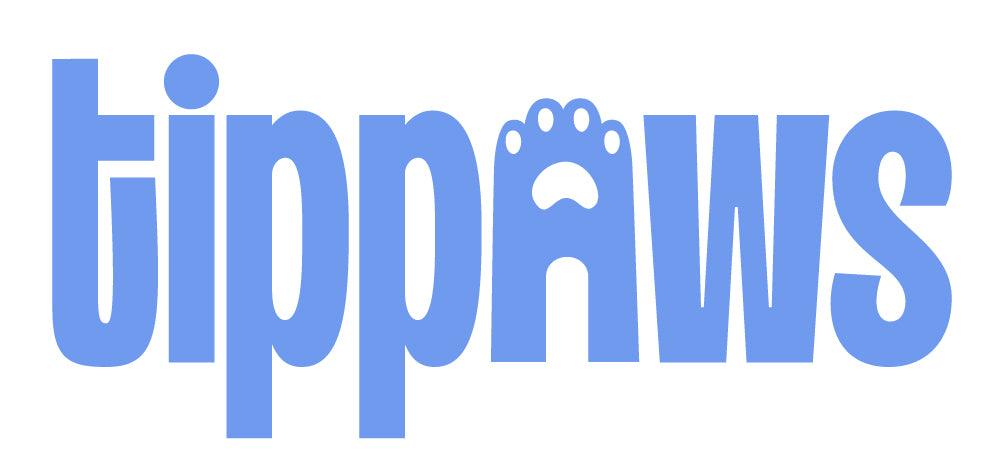Today we are digging into the UK Pet Food Obesity Report 2024 again, and this time we are focusing on the very interesting section on treats. In this article we dive into how treats are contributing to cat obesity and what advice the organisation gives for ensuring you're not overdoing it with cat treats.
Did you know?
- 37% of owners save bits of human food for their pet
- 22% give their pets a treat because it brings them closer together
- 26% of vets think treating them with human food is the primary contributor to obesity
- 19% of pet owners save a set number of treats after checking the caloric intake
- 29% of vets and owners agree that overfeeding treats may be contributing to obesity levels
Sarah Hormozi, Head of Education & Science, from UK Pet Food explains: “Animals have different nutritional needs than humans, and an imbalance in these ‘treats’ can contribute to weight gain and poor health. Human food is often too rich in salt, sugar, fat, and calories for pets to consume and thrive. It typically lacks the essential nutrients and balanced energy that pets require for optimal health.”
We need to highlight the different needs of different species to clearly explain to professionals and owners why pets cannot tolerate many human foods.
Some treats are beneficial for your cat, but don’t over do it
Commercial pet food treats play a useful role in motivating behaviour and assisting with training. They can also provide functional benefits such as teeth cleaning and nutritional support.
Treats should be accounted for within your cat’s daily intake. Besides reinforcing the “10% rule,” it is important to highlight the high calorific values of all treats and then fit these into your cat’s daily calorie allowance. Our calorie calculator can help with this, or you can contact help@tippaws.com and we’ll help work out the trade-offs between treats and ‘normal’ meals in your cat's diet.
What if my cat begs for treats?
Dr. Natalie Dowgray, at International Cat Care explains it’s not all about what you feed but also how you feed: “In cats, the opportunistic nature of their feeding behaviour means they may still take advantage of food even when they are not hungry.” Three of her tips to try and mimic aspects of natural feeding behaviours are:
- Feeding small frequent meals
- Increasing play and ending the session with a food reward
- Using food puzzles and bowl-free feeding
In conclusion, while treats can be a rewarding and enjoyable part of your cat’s routine, it’s essential to manage them wisely to support your pet’s health. The UK Pet Food Obesity Report highlights the impact of excessive treating on cat obesity and reminds us that pets have unique nutritional needs, very different from ours. By limiting treats to 10% of daily intake, choosing treats with functional benefits, and incorporating healthy feeding practices like food puzzles and play, owners can help their cats maintain a healthy weight while still enjoying the occasional treat. Ultimately, a balanced approach to feeding treats and meals can foster a happier, healthier life for your feline friend.


Hi Sue, thanks for your message and for your kind comments! I’ll send you an email now regarding the food amounts as I’ll need a little more info to know how much your cats need to eat. Essentially, the high protein in our food will keep your cats fuller for longer but we can calculate how much food your cats will need vs. the whiskas and go cat depending on their current weight/ activity etc. I’ll email you shortly!
Am I correct in thinking that because your food has a high meat/fish content, that they need a much smaller amount? I have 2 1yr old cats and at the moment I give them a Whiskas pouch and a small handful of Go Cat dry food twice a day.It seems they will be eating a lot less but I am presuming it is more healthy and nutritious. I am keen to put them on a healthier diet and am very impressed with your company ( I bought a bag of the cat litter and will be reordering soon)
Thank you, Sue
Hi Mike, I’ll send you an email about this separately!
My 10 year old cat Sheba is constantly wanting food and she weighs 5.3 kg. The Vet says she does not want her to exceed 5.5kg. I feed her 1 1/2 pouches of Felix plus a small handful of Purina One Senior 7+ dry food per 24 hours. Is this too much or about right. Your advice would be appreciated.
Mike.